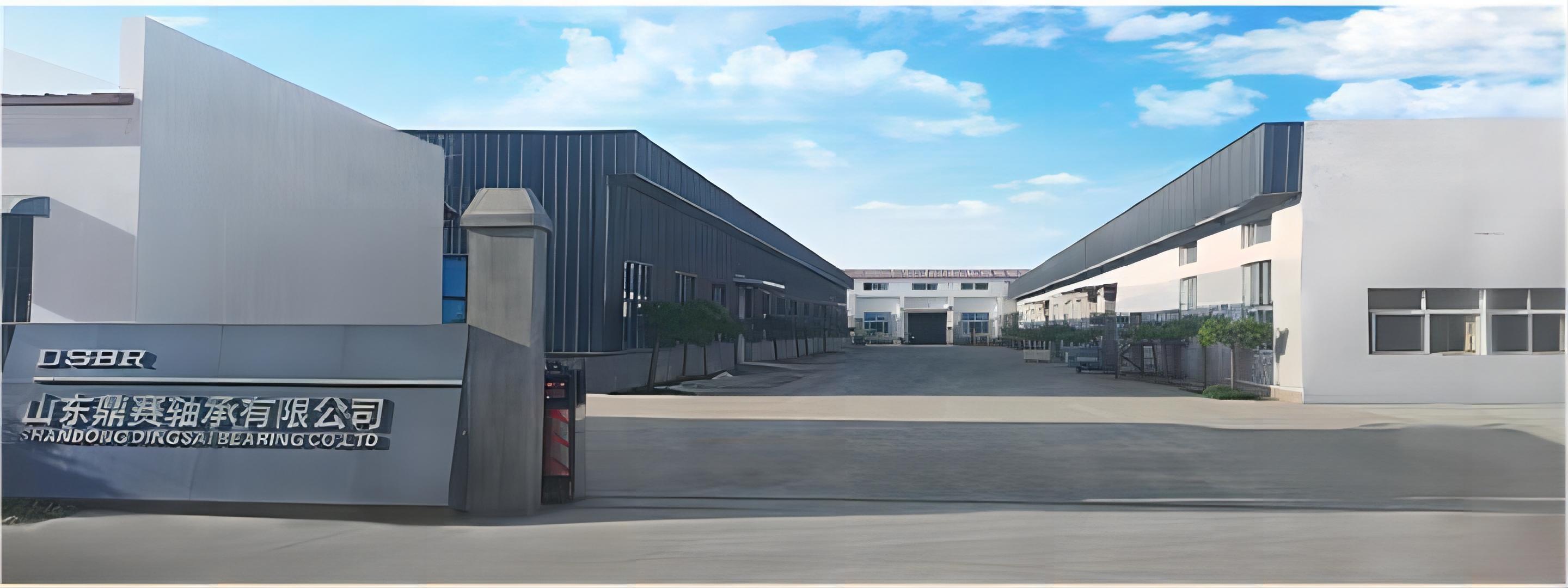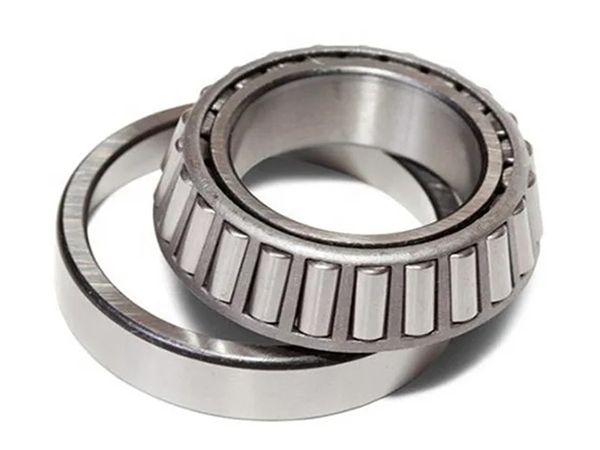In the mechanical world, bearings are indispensable core components that support the rotation and movement of machinery. Metric roller bearings, as an important type, are known as the soul of industrial rotation due to their unique design and wide range of applications. This article will take you into the world of metric roller bearings to explore their structure, working principles, and applications in modern industry.


Metric roller bearings are bearings composed of rollers with a tapered shape. These bearings are known for their high load capacity and good high-speed performance, making them suitable for applications that endure combined loads.
Metric roller bearings consist mainly of an inner ring, outer ring, tapered rollers, and a cage. The inner and outer rings have tapered raceways where the rollers move between them. The cage is used to evenly space the rollers, preventing them from rubbing against each other.
The working principle of metric roller bearings is based on rolling friction. When the bearing rotates, the tapered rollers roll within the inner and outer ring raceways, converting sliding friction into rolling friction, thereby reducing the friction coefficient and improving mechanical efficiency.
Due to their high load capacity and good stability, metric roller bearings are widely used in various fields such as automobiles, machine tools, motors, metallurgical equipment, and heavy machinery.
Metric roller bearings come in various types, including single-row, double-row, and four-row. Different types of bearings are suitable for different working conditions. When selecting a auto bearing, factors such as load size, speed, and installation space need to be considered.
Correct installation and maintenance are crucial for ensuring the performance and lifespan of metric roller bearings. Installation should ensure the accuracy of the bearing housing and shaft, avoiding strong impacts. During maintenance, regular checks on the bearing's working condition and timely replacement of lubricating grease are necessary.
Abnormal sounds, increased temperatures, or vibrations of bearings are often precursors to faults. Monitoring these signals can help identify and address issues promptly, preventing larger losses.
With technological advancements, metric roller bearings are also continuously developing. The application of new materials, the improvement of precision manufacturing technologies, and the development of intelligent monitoring systems are all driving further enhancements in bearing performance.
Metric roller bearings play an important role in modern industry due to their excellent performance. Understanding their working principles and application knowledge not only helps us use and maintain bearings better but also provides inspiration for industrial design and innovation.